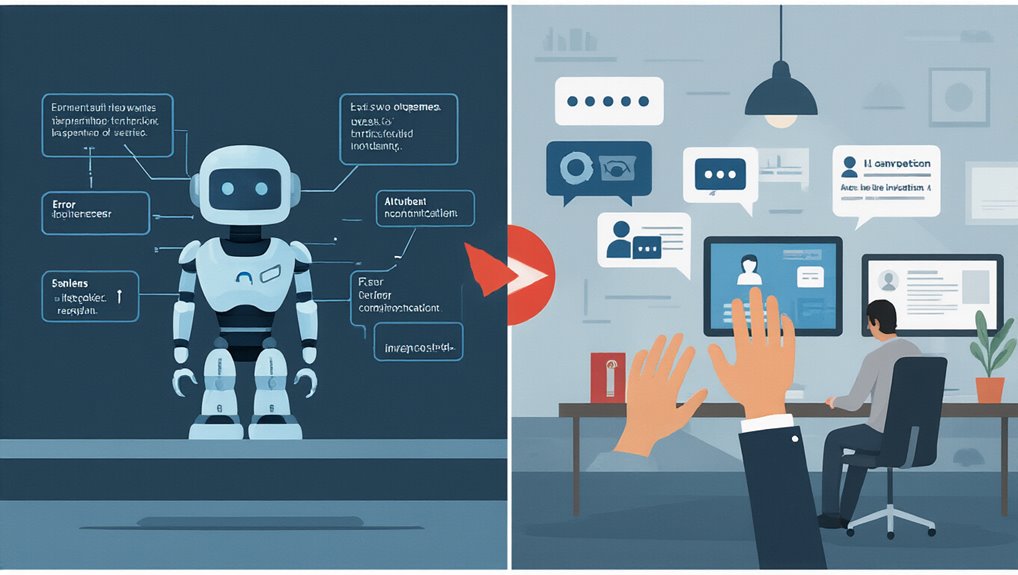As technology budgets continue to shrink, with a 58% decline since 2023, Chief Information Officers are fundamentally reimagining their tech stacks to deliver more value with fewer resources. Small and mid-sized enterprises have been hit particularly hard, facing reductions exceeding 70%. This financial reality forces CIOs to make strategic decisions about where to allocate their limited funds, with only 4% of budgets currently dedicated to innovation while the majority maintains legacy systems.
Budget constraints demand innovation—CIOs must deliver unprecedented value while facing dramatic tech spending reductions across all sectors.
The modern CIO is combating tech stack inflation through several key approaches:
- Embedding IT teams directly within business units
- Forming strategic vendor partnerships that share development costs
- Implementing FinOps practices beyond just cloud management
- Prioritizing full-stack modernization rather than piecemeal updates
AI and machine learning have become central to these transformation efforts, with 91% of CIOs including these technologies in their 2025 strategies. These tools enable cost-efficient personalization, predictive capabilities, and process automation that can generate savings while improving operations.
CIOs are also expanding FinOps practices beyond traditional cloud cost management to encompass entire technology ecosystems. This approach creates transparency in technology spending and helps IT leaders make data-driven decisions about where to invest limited resources.
The collaboration between finance and IT departments has strengthened as organizations work to manage rising technology costs across complex environments. This partnership is increasingly focused on finding self-funding innovations that can simultaneously reduce costs and drive business growth.
Cloud-first strategies and platform modernization represent another critical focus area. Rather than simply migrating data to the cloud, forward-thinking CIOs are reimagining their entire technology architecture to enable scalability and future innovation.
Modern ERP systems and cloud environments create the foundation for integrated, agile operations that can leverage AI for business decision-making. Organizations frequently overpay major technology providers by neglecting to utilize licensing portability provisions that could significantly reduce software costs. Establishing a Change Advisory Board has proven essential for CIOs implementing successful transformation initiatives while maintaining operational stability.









